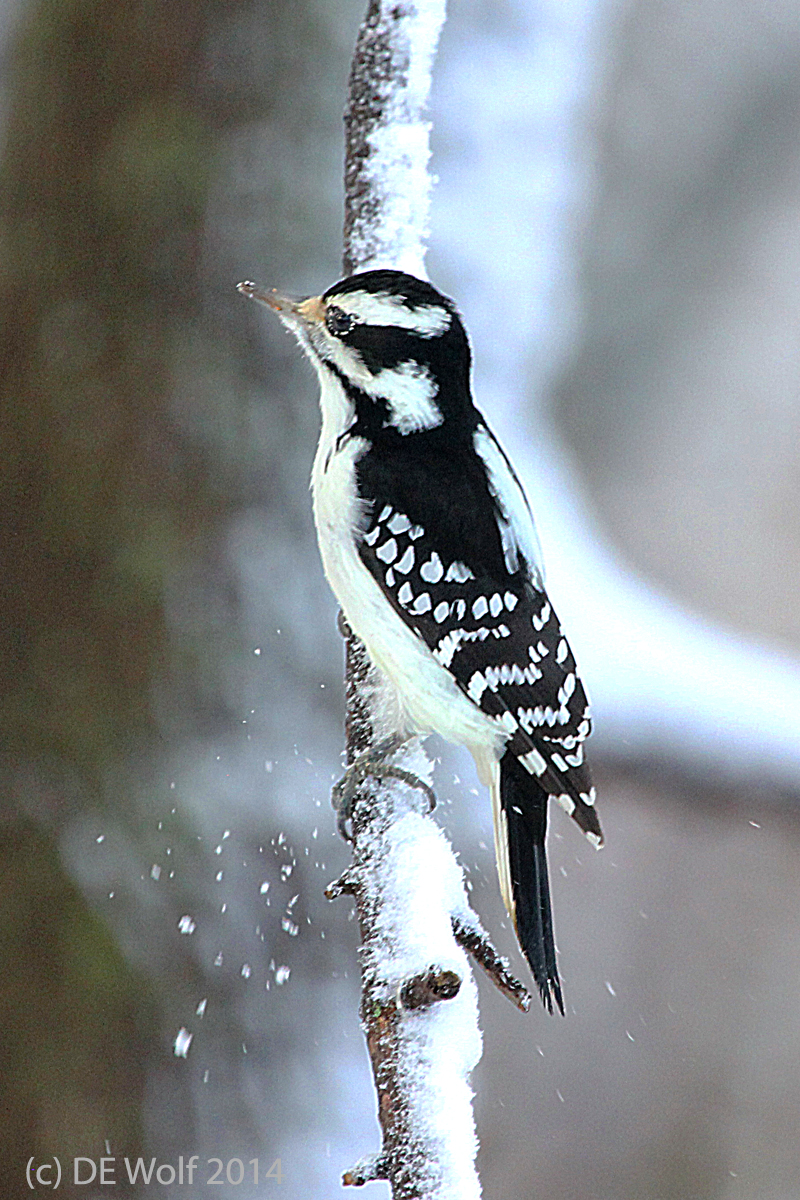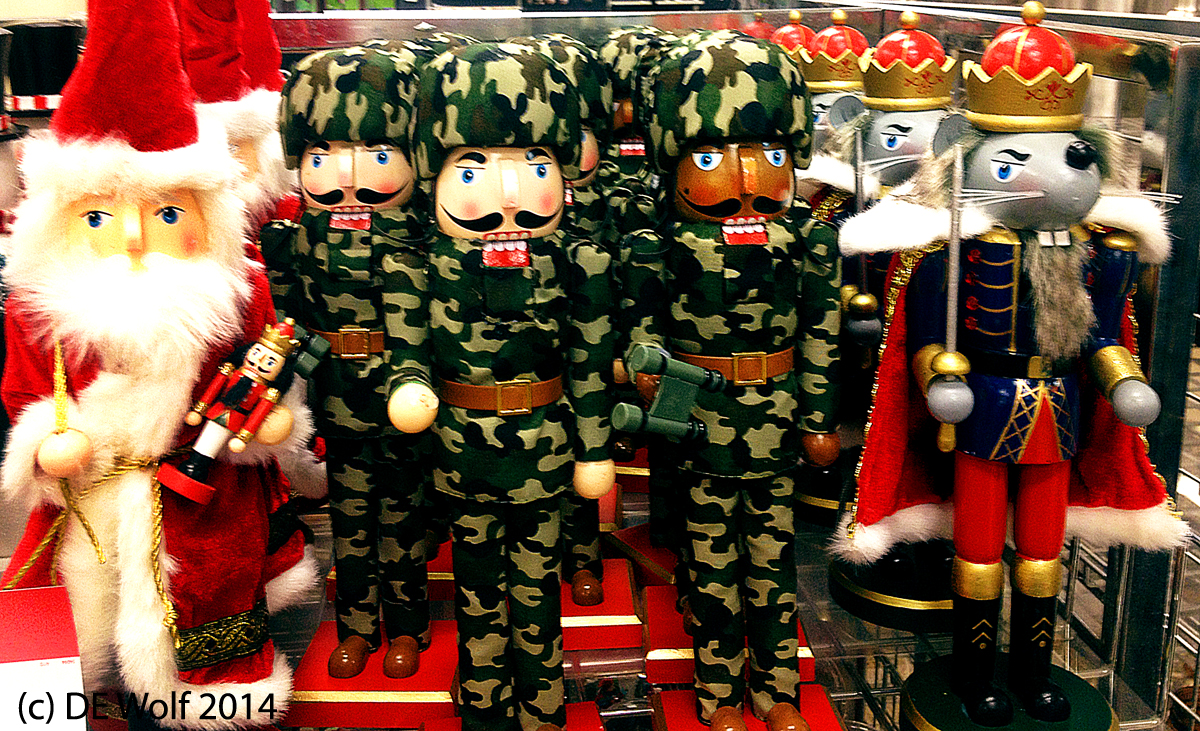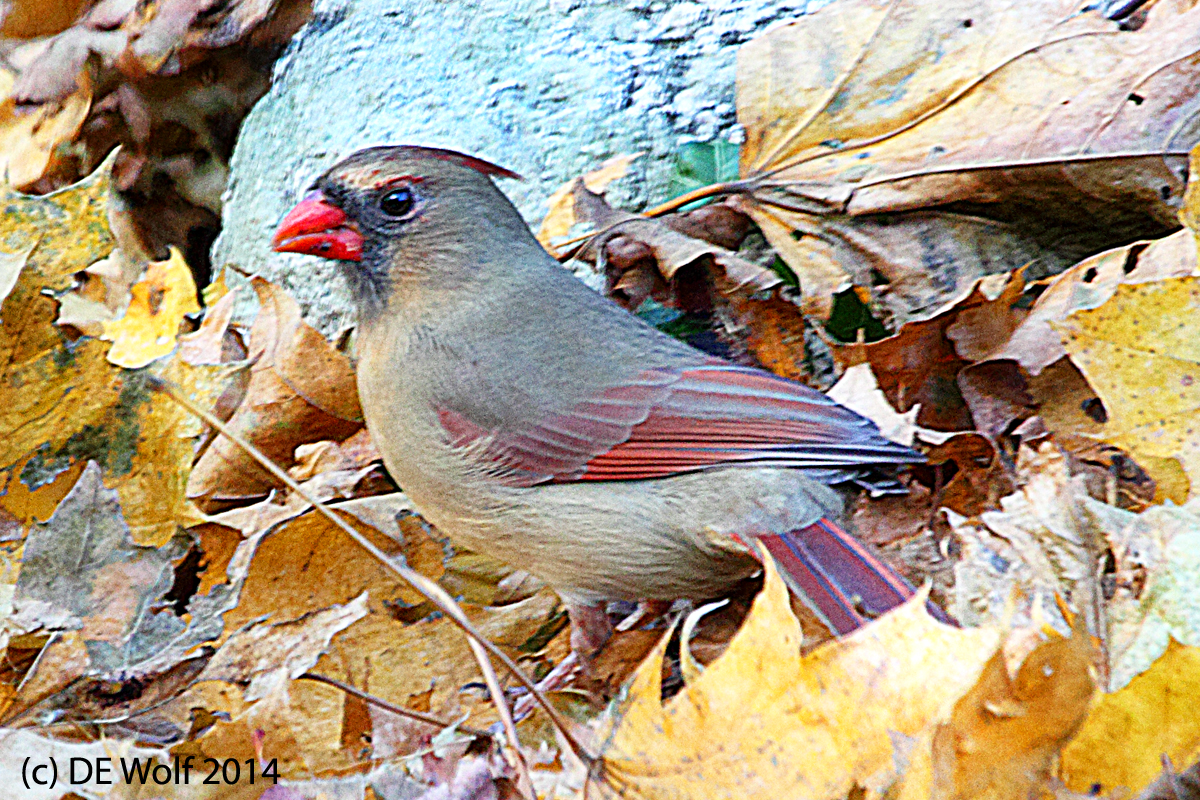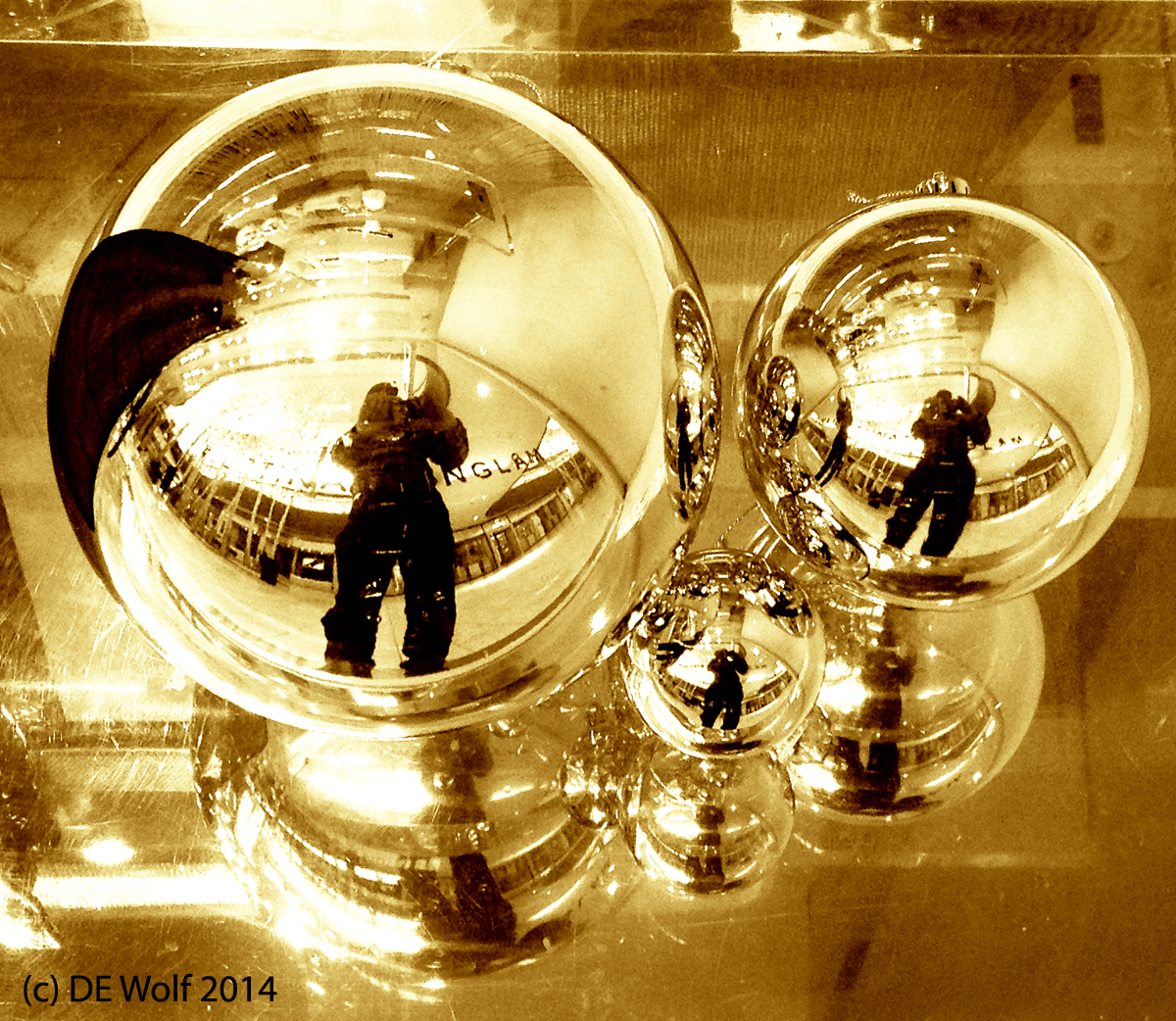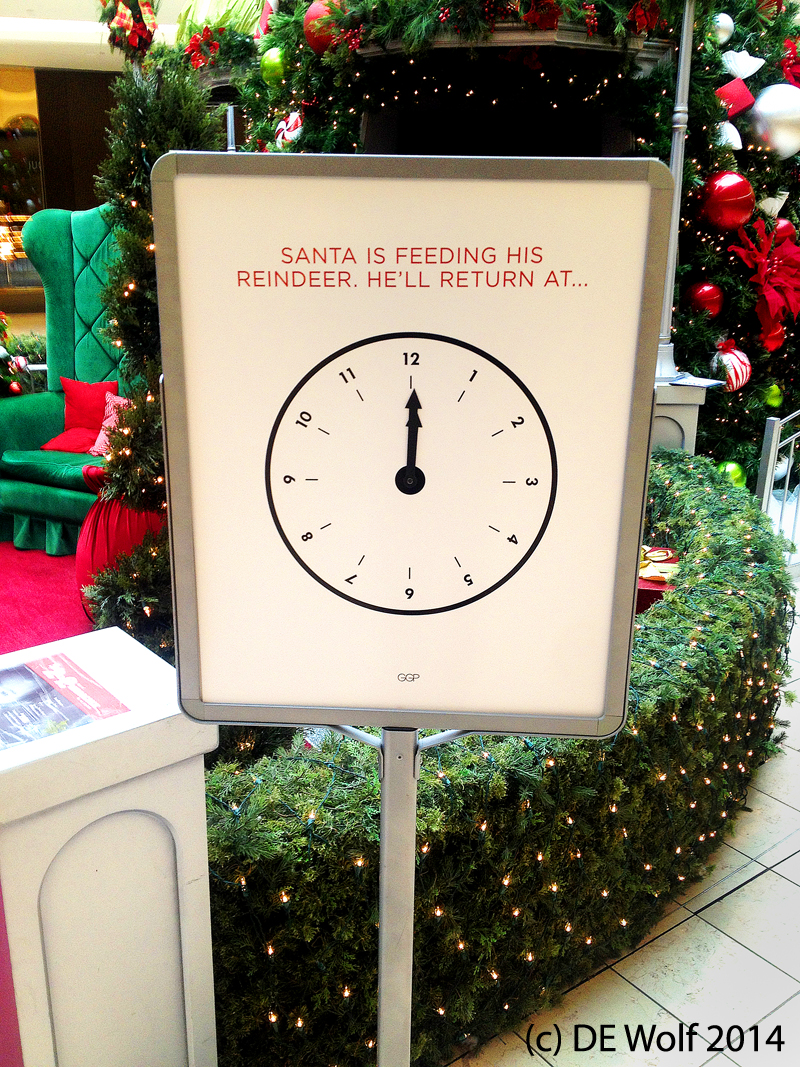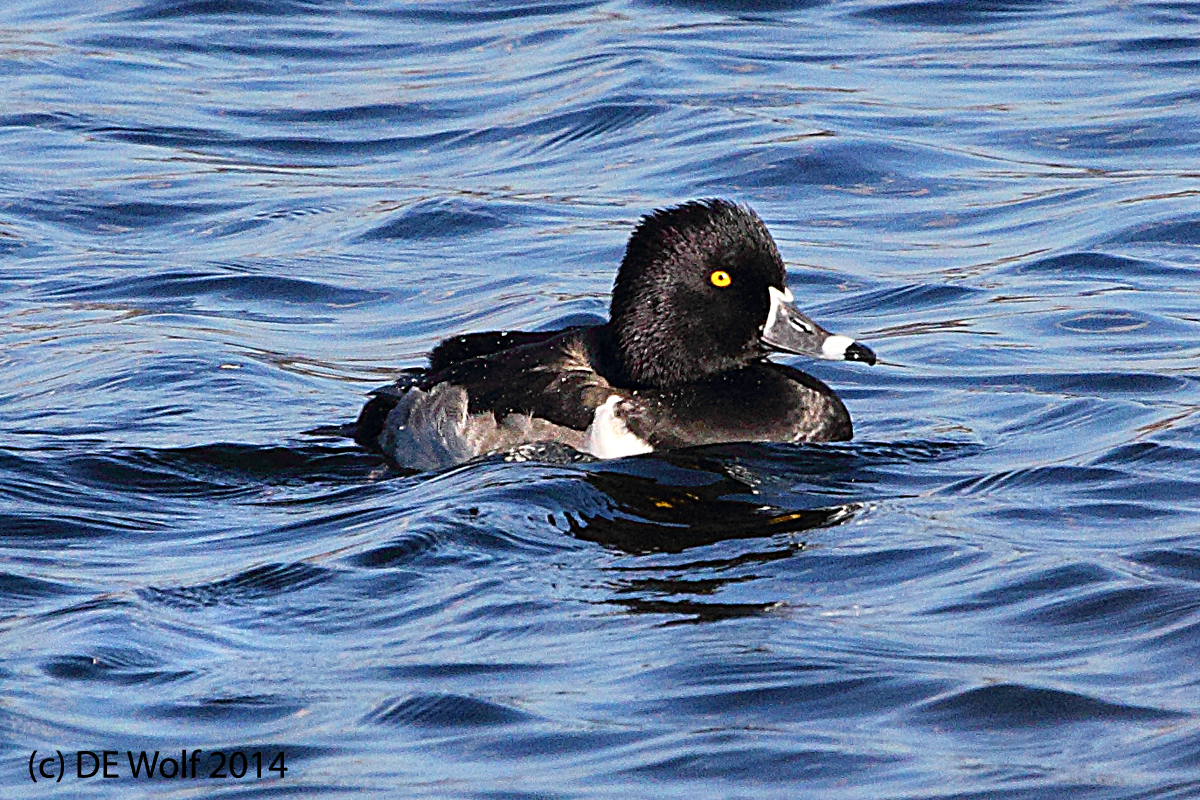
Figure1 – Image of Jovian moon Europa, reprocessed and released on November 21. Credit NASA / JPL-Caltech / SETI Institute
Last week NASA released the stunning reprocessed image of Figure 1 from 1990’s photographs taken by the Galileo spacecraft in orbit around the planet Jupiter. This was reprocessed because of new image processing techniques developed since the image was first released in 2001. So we may now stare down at the moon of ice and wonder.
What we are wondering about is whether beneath the surface of Europa there is liquid water, and we imagine extrapolating the rule on Earth that where there is water, there is life. Wonder? Extrapolate? These are key functions of photography, and key functions of science.
Since men and women first pondered the sky, we have sought to understand what Thomas Huxley called “Man’s Place in Nature,” which we may extend to Man’s Place in the Universe. There are moments of great epiphany: the discovery of the origin of species, the discovery of the Higgs boson. They are often unheard against the cacophony of human stupidity, but they are there just the same. And this beautiful picture reminds us of our capacity to marvel.
Back in the seventies, I attended a lecture by Cornell physicist Edwin Salpeter on Jovian life. This was pure fantasy. But I remember being captivated and wondering. And more recently I have become haunted by the quote from Michael Crichton’s Jurassic Park – yes more fantasy! “… the history of evolution is that life escapes all barriers. Life breaks free. Life expands to new territories. Painfully, perhaps even dangerously. But life finds a way.“
You might well ask whether I am a bit touched. How is it possible that such a cold and far away place as Europa could possibly have liquid water? Europa, it seems, gets its energy not from the sun but from Jupiter. The gravitational field of Jupiter is emense and this can be expected huge tidal friction on Europa. Enough to create liquid water and life? I wonder.

